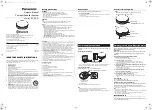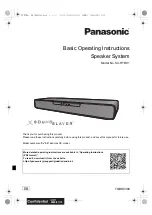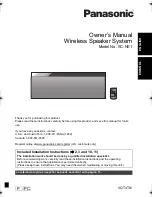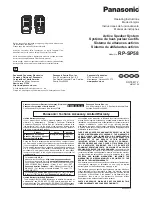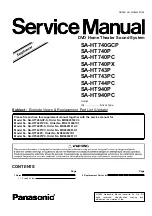
Audio Alarm Verification
Connections
(AVS System)
Using the AVS System with AVS Module and AVST Remote Stations
The AVS system provides audio alarm verification via the phone line.
Refer to the instructions included with the AVS system for installation procedures. The
following is a summary.
Mounting the AVS Base Unit
As shipped, the AVS Base unit board
comes pre-mounted on its mounting
bracket, which is designed to mount
inside the control cabinet.
Refer to the diagram at right.
a. Position the mounting plate/PC
board assembly in the bottom of
the control’s cabinet.
b. Slide the mounting plate to the
right so that the plate’s left-hand
tang slides under the cabinet’s tie-
wrap loop.
c. Secure the assembly to the cabinet
using the two self-tapping screws
provided.
AVS-003-V0
SYSTEM
BATTERY
2
3
5
1
ON
4
2
3
1
ON
4
TANG
BENEATH
MOUNTING
PLATE
SECURE
WITH TWO (2)
SELF-TAP SCREWS
(SUPPLIED)
SLIDE ASSEMBLY TO RIGHT UNTIL
TANG SLIPS UNDER CABINET LOOP
CABINET
TIE-WRAP
LOOP
BATTERY NOTE:
When using a 7AH battery, mount the battery vertically on the
bottom left-hand side of the cabinet, with the terminals facing down and right (negative
terminal closest to the PC board bracket).
Wiring the AVS to the Control
The AVS Base unit board has several terminal blocks for making connections to remote
stations, telephone lines, and to the control panel. The AVS base unit connects to the
control’s ECP terminals, with all other ECP devices connecting to the AVS base unit ECP
terminals. See the diagram on the next page for specific wiring connections.
DIP Switch:
Set the address AVS DIP switch to device address 11.
IMPORTANT:
The AVS should be the only ECP device connected to the control’s
ECP terminals. Connect all other ECP devices (keypads, expander modules, etc.) to
the ECP terminals on the AVS board.
The following summarizes the programming steps for AVS operation (refer to the
Programming Guide for details of the AVS Quick Command options):
a. Install the AVS module according to its instructions.
b. Use one of the control’s AVS Quick Program commands as follows :
•
installer code + [#] + 03:
enable AVS operation without panel sounds on the AVST
•
installer code + [#] + 04:
enable AVS operation and enable panel sounds on the
AVST speaker
•
installer code + [#] + 05:
remove all programming options set by [#] + 03 quick
command
••••
installer code + [#] + 06
: remove all programming options set by [#] + 04 quick
command
c. Use data field
∗
55 Dynamic Signaling Priority to select the desired reporting paths.
Installation and Setup Guide
2-14
Summary of Contents for Ademco VISTA-21iPSIA
Page 26: ...Installation and Setup Guide 2 20 ...
Page 78: ...Installation and Setup Guide 6 8 ...
Page 84: ...Installation and Setup Guide 8 4 ...
Page 88: ...Installation and Setup Guide 9 4 ...
Page 89: ...Notes 9 5 ...


































